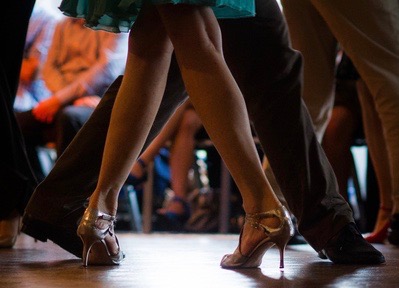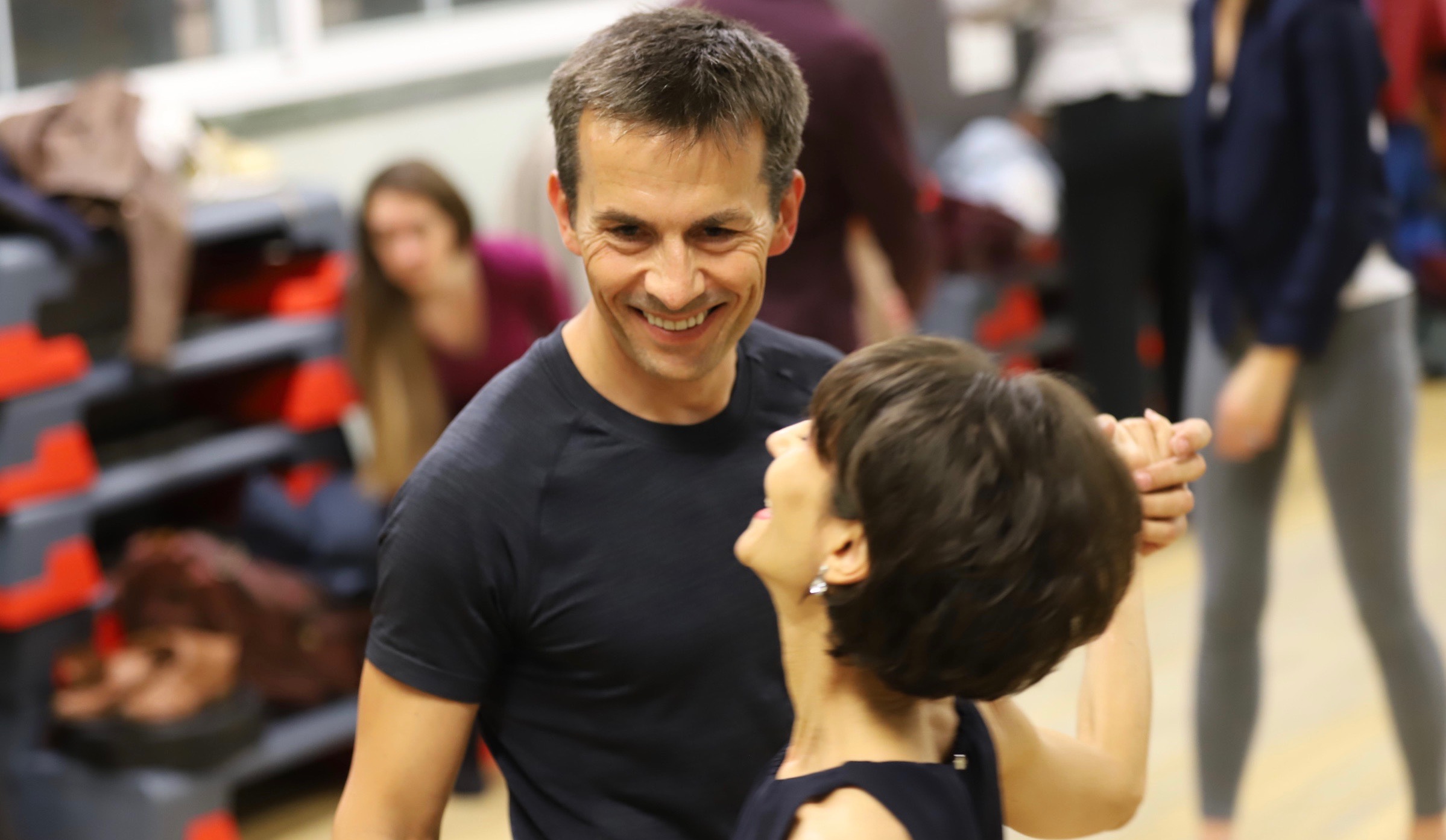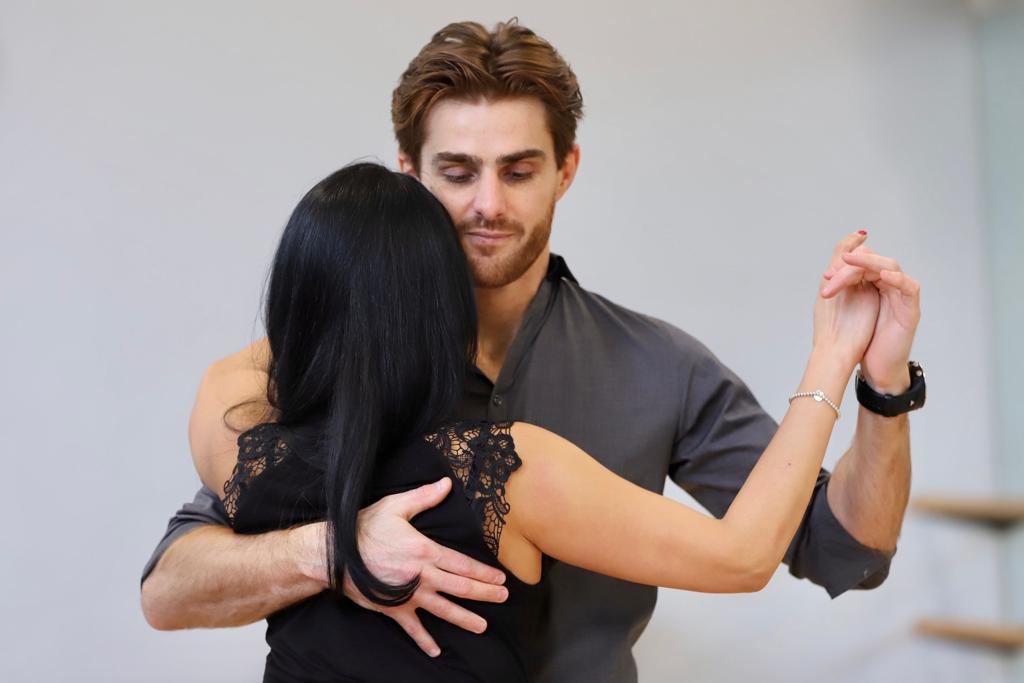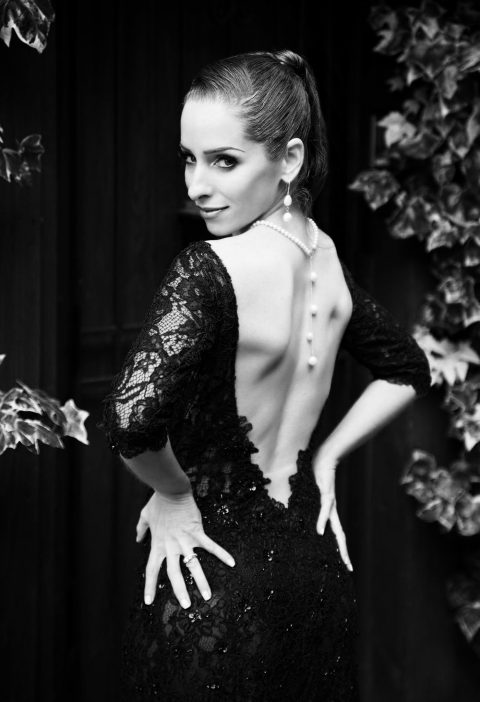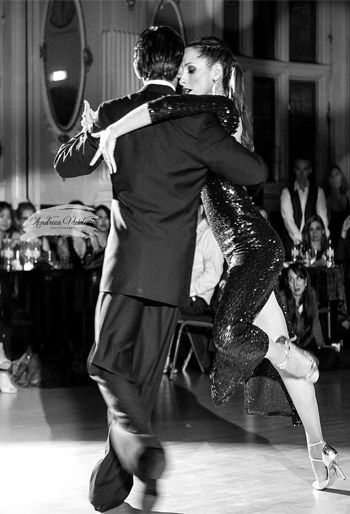I’ve been a perfectionist all my life. And its probably fair to say that it has been both a blessing and a curse.
As a child, I would drive myself (and my mother) crazy trying to get my school book drawings just right. I would rub out my sketches again and again, until the page would rip, making me burst into tears.
Perfectionism has given me an eye for detail, driven me to work hard, demand high standards of myself and probably achieve more than I would have done otherwise.
With tango, I am no different. I feel the need to know exactly how to do something down to the smallest detail and I get frustrated if I don’t completely master it. And I sense that among my fellow tango dancers and students, I’m in good company. Although tango attracts all different types of people, I believe that it’s subtleties and complexities often attract people who like to delve into the detail and get things just right.
And surely this is a good thing? The detail makes up the whole after all. And it has certainly helped me to understand tango on a deeper level and, as a teacher, helped me convey messages to my students.
However, perfectionism can be an affliction for a dancer and needs to be kept in check. Here’s why.
Nobody’s Perfect
We’ve heard it many times and we all know it is true: there is no such thing as perfect. So it shouldn’t come as a surprise to us that the pursuit for perfection is likely to end in disappointment.
And this is so much more the case in dance (or indeed in any performance art).
Let’s say you’re writing a novel. You know there is no such thing as perfect – there are many, many ways you could approach each paragraph – but at least you can go back and modify, tweak, even delete large swathes of your work. In dance, every moment counts and once that moment passes, there is no way to go back and edit it.
In tango, perfection is even more elusive. Tango is an improvised dance and as such is destined to be full of many little imperfections. The follower has no idea what the the leader will lead from one moment to the next. The leader himself does not know what he will lead until just the moment before.
As beginners, we can get quite anxious about making mistakes. However the more experienced we become, the more at ease we begin to feel with them. It is not uncommon – and it is actually quite endearing – to see a couple make a mistake on the dance floor and laugh about it. And it is certainly better than seeing them look distraught!
Osvaldo Zotto – my partner’s maestro and mentor and with whom I also took classes – once told us: the most important thing in tango is not to avoid mistakes but to resolve them.
And from that classic scene in the 1992 film, Scent of A Woman:
“No mistakes in tango, not like life … It’s simple. That’s what makes the tango so great … if you make a mistake, get all tangled up, just tango on”
Perfectly Imperfect
Rather than get frustrated with our imperfections, we should embrace them.
Tango can be more beautiful because of its imperfections. In nature, there is no such thing as perfect. A perfectly straight tree for example would lose its beauty.
And I’ve fallen in love with so many tango performances despite the fact that I notice some technical imperfections. This is because they convey an emotion, express musical nuances or have a beauty or uniqueness that transcends the need for absolute perfection.
Although interestingly, I’ve never been quite so forgiving of my own imperfections in tango!
Creative Flow
A problem with the desire for perfection in tango is that it can block our creative flow.
If you are practicing a movement on your own, you can work on it to the minutest detail until you feel that you have completely mastered it.
But when you are dancing, you need to balance the desire for perfection with the importance of feeling and expression. I’m sure I’m not alone in finding that the more I allow things to flow and let go of control, the more I allow moments of inspiration to arise.
Self-Belief
Perfectionism can also make you feel negative about yourself and self-belief is a vital element in dance. It’s not about arrogance or vanity, but simply enjoying the movement that you are creating.
You only need to look at the world of sport, to see the impact of self-belief on performance. Sports commentators are always talking of the impact of psychology on the outcome of a match: the battle of wills between tennis players, the blow to a team’s morale if a goal is scored just before half-time. A waiver in self-confidence can make a footballer miss a penalty kick; positive thoughts can help a runner win a marathon.
If you have a constant negative narrative in your mind – continuously correcting your technique, telling yourself that it wasn’t good enough – this will have a negative impact on your dance and your enjoyment of tango.
Perfection Is Subjective
Something I’ve learnt over the years is that your perception of how you dance is entirely subjective. There have been times when David & I have given a performance that on a personal level we were not happy with, but then have been surprised by the positive response we’ve received.
The converse can also be true. When we feel things have really flowed but did not feel as much warmth from the audience.
One dance which is commonly thought to achieve perfection is classical ballet. After a lifetime of gruelling dedication to your art, and being at the top of your game, surely perfection is possible?
I’m lucky to have as a friend a principal dancer of the Royal Ballet. World famous, she is considered to be one of the best dancers of her time. Off-stage she is a lovely, modest person who speaks openly about her professional experiences. A few days ago, I watched a televised performance of her pas de deux. And I felt the sudden need to delete this entire blog post!
Perfection does exits! I’ve just seen it with my eyes!
And then I remembered something. We had been to see her perform that very evening. The video cameras had been there. And afterwards, over dinner, she had told us that she had felt a little “shaky”, that she wasn’t used to cameras filming her for such a serious ballet and it had disorientated them all a little.
No evidence of this can be seen in the beautiful footage, but it seems that to her at least her performance felt very different.
So when you inner voice starts to judge how you are dancing, try to remember that your perception is not the only reality.
Finding A Balance
I can usually identify fellow perfectionists in my classes. They often are pretty down on themselves as dancers (despite the fact everyone loves to dance with them!). They usually make exceptional progress, but don’t recognise it because of their perfectionistic nature. They easily get dispirited.
It’s a delicate balance to tread. As perfectionists we are our own worst critics. We should aim to harness our perfectionism to help us fulfil our potential but also be aware of its pitfalls. We need to know when to draw the line and enjoy. Remember that to be imperfect is to be human and:
“Imperfection is beauty, madness is genius and it’s better to be absolutely ridiculous than absolutely boring.”
— Marilyn Monroe

